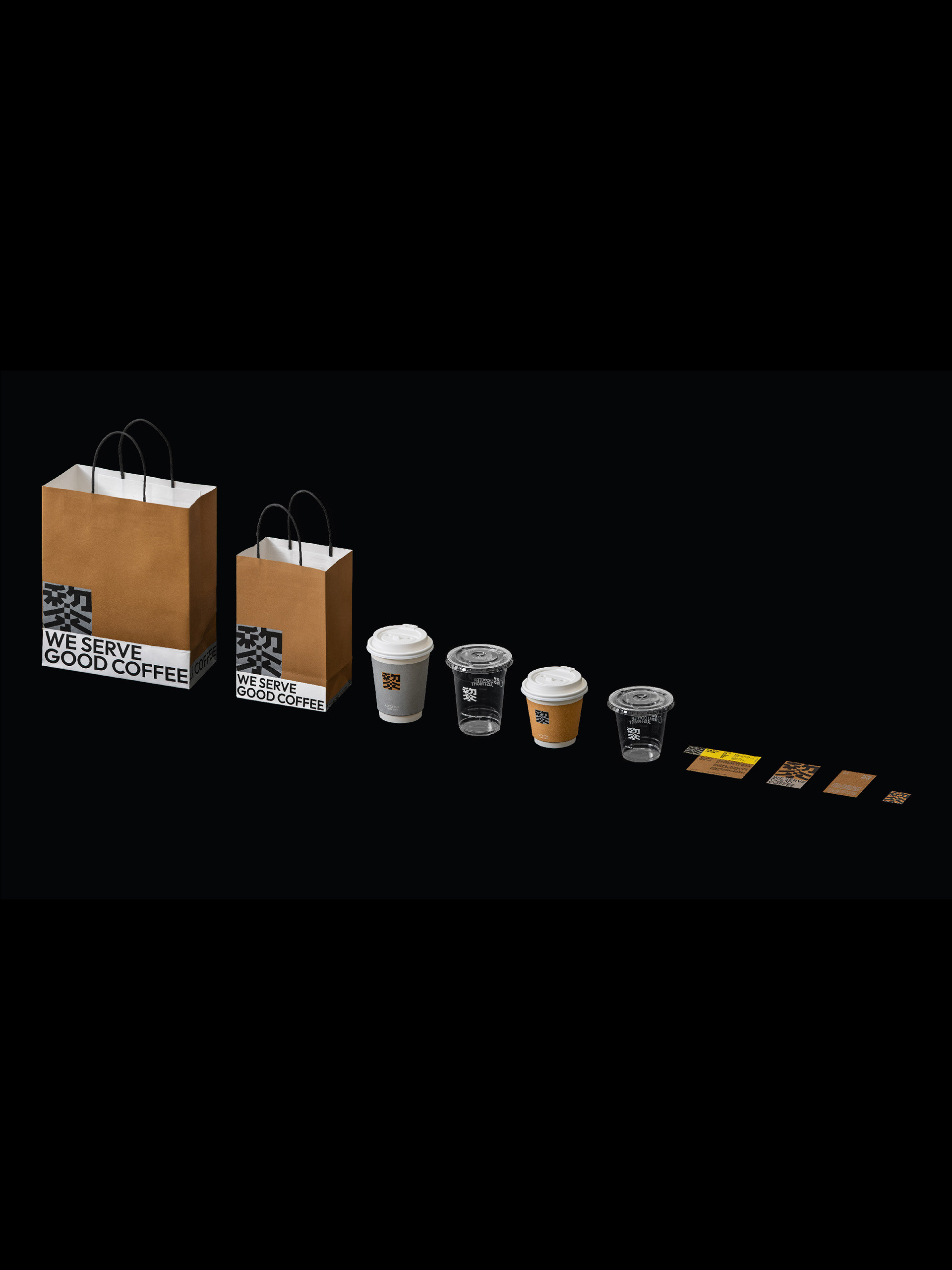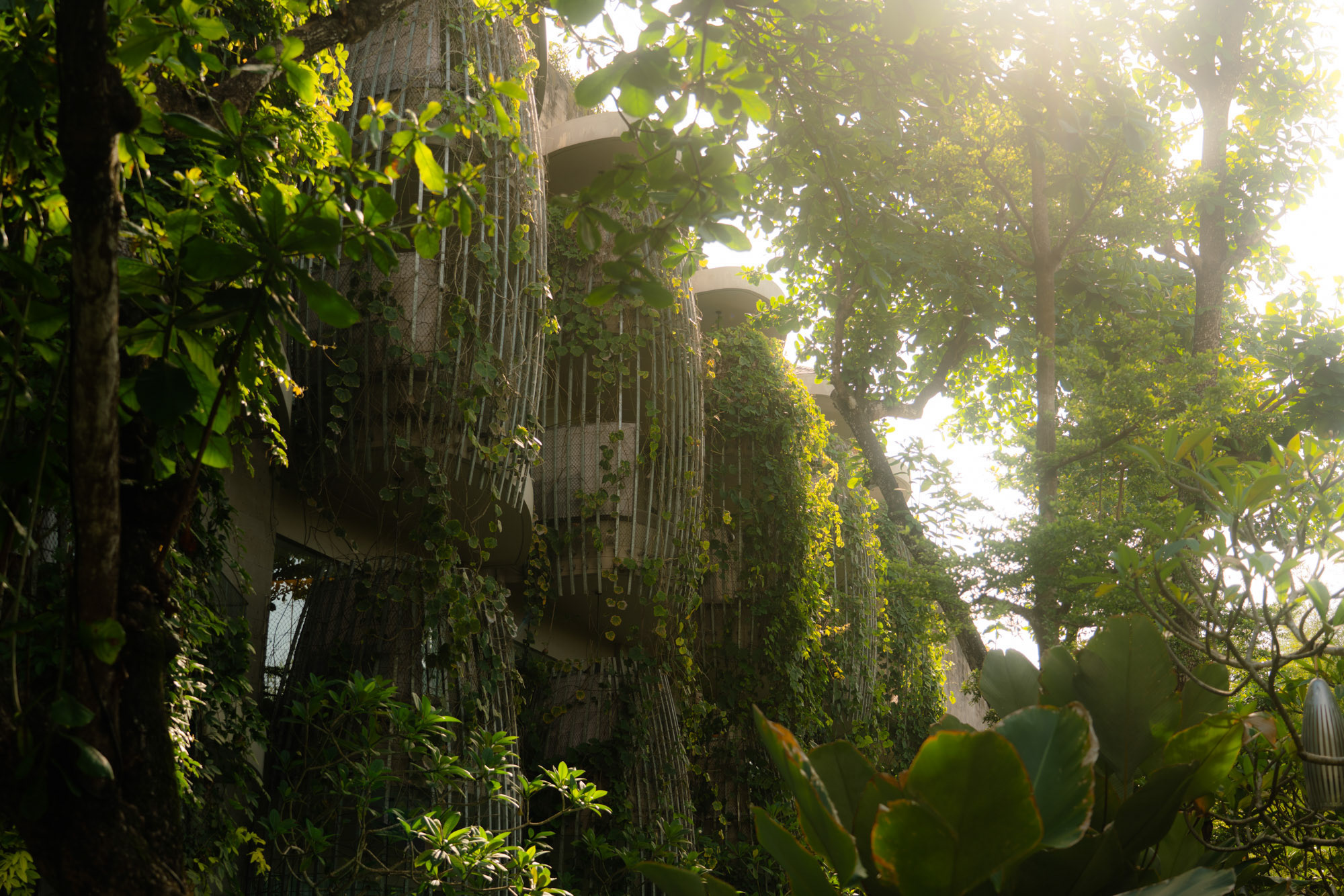Green is clean, fresh and extremely appealing. Left to her own devices, nature adorns the earth with a generous covering of different GREENS. Picture the contrasting shades with a bounty of ripe avocados, bushy bunches of broccoli and curly spinach leaves, all dressed up with aromatic herbs. Imagine the luscious Amazon rain-forests, flamboyant parrots fluttering above the trees. Green may not be a primary color, but it hols its own red, yellow and blue, defying domination. It is complementary to red, and equal in tone to blue. Soft GREENS are relaxing and peaceful. What’s more, GREEN is the only color that can effectively describe a scent, whether of crushed pine cones, a new-mown lawn or a rain-washed woodland. It is the color of spring, as new growth shoots up improbably from the chilly earth.
BUT
GREEN is also the color that represents disease and pollution.
Based on this duality in this project I re-designed some of the chapters of Design for the real world by Victor J. Papanek.
This book talks about the results of our frivolous consumption habits.












